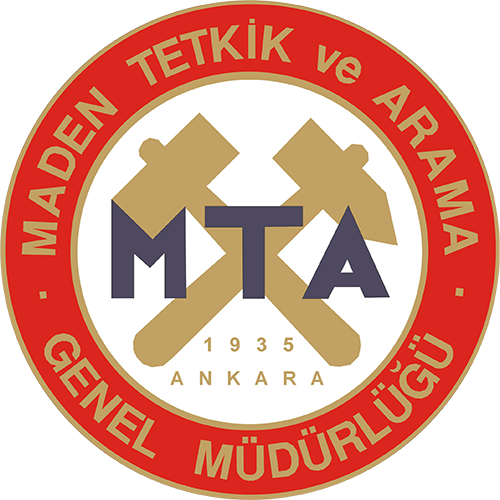Details
Paleoecological investigation of the Miocene (23.03-5.33 mya) rodents (Mammalia: Rodentia) in Anatolia
Anadolu Miyosen (23.03-5.33 myö) Rodentia (Memeli: Kemirici) takımının paleoekolojik incelenmesi
Authors
Hasan VURAL, Şakir Önder ÖZKURTKeywords
Anatolia, Miocene, Rodentia, Micromammal, Paleoecology.Abstract
Anatolia’s geographical location as a land bridge between Europe, Asia, and Africa, makes it an important passage for mammal migrations, with a rich fossil potential. However, detailed scientific studies on the Neogene paleogeography of Anatolia are scarce. Rodentia is among the major mammal groups generally adapting to different habitat types and rapidly evolving with the changing geography. Investigating this group provides data to increase the accuracy of ecological analyses. We selected Rodentia fossils from the Miocene excavation sites with published papers, and examined specimens of 14 families from 106 localities. Cricetidae, Muridae, Gliridae, and Sciuridae were found to be most dominant rodent families in Anatolia during the Early Miocene, indicating a high humidity, whereas ecological changes towards the end of this epoch led to a complex formation in the biogeography of micromammals. In the Middle Miocene, a 65% decrease in Muridae, the emergence of Eomyidae, and a significant increase in Spalacidae suggest a climate shift, towards tropical or semi-tropical conditions. In the Late Miocene, Muridae regaining its maximum level and becoming the most crowded family may indicate an unexpected rise in humidity, while the stable prevalence of Eomyidae and Castoridae point to the continuity of aquatic environments and humidity.
Click for .pdf Türkçe .pdf için tıklayınız
